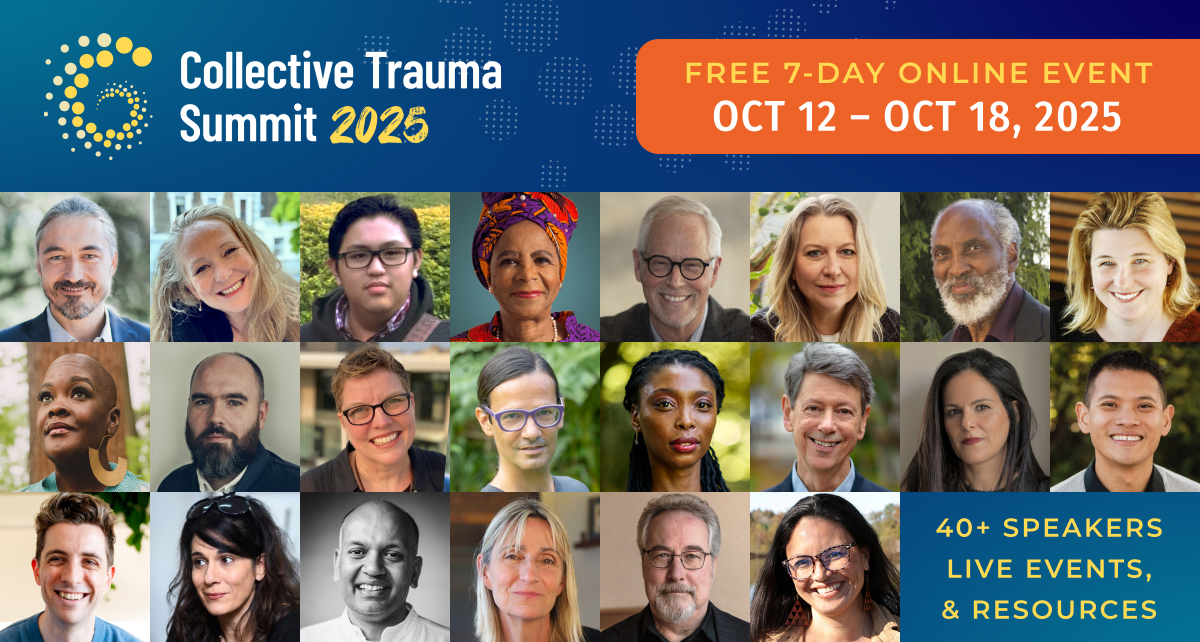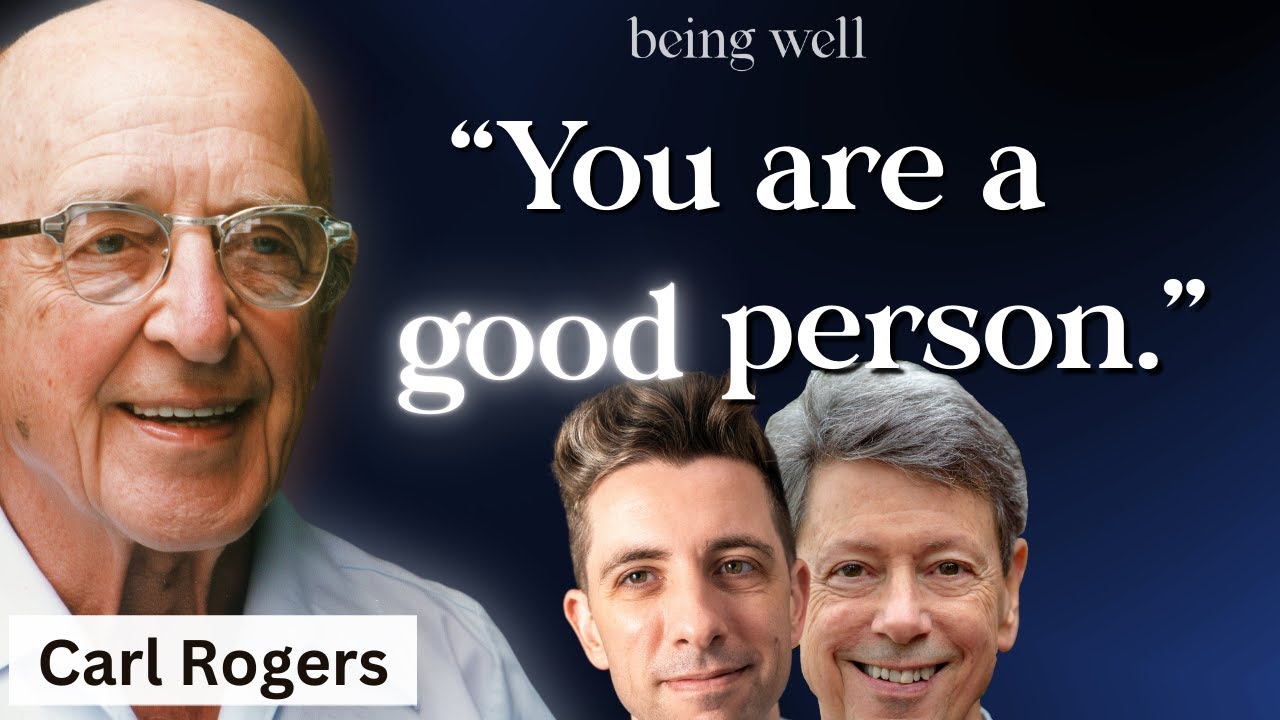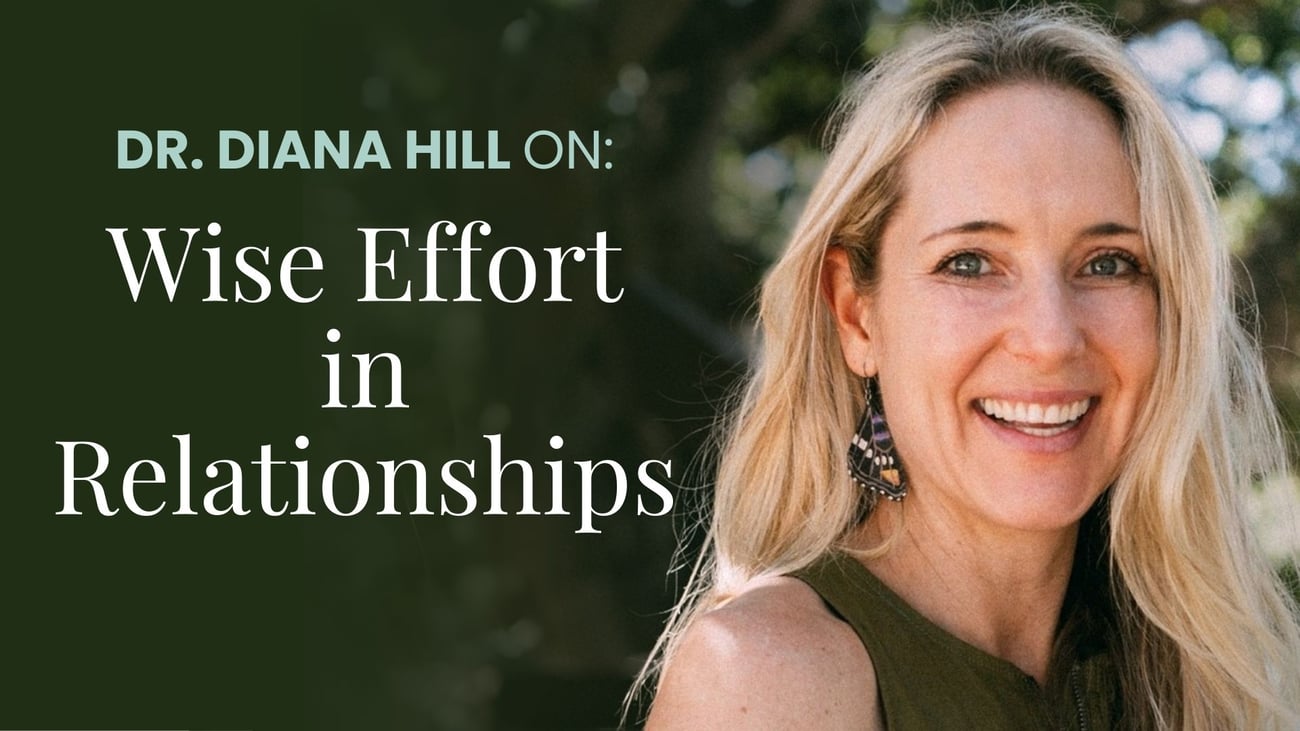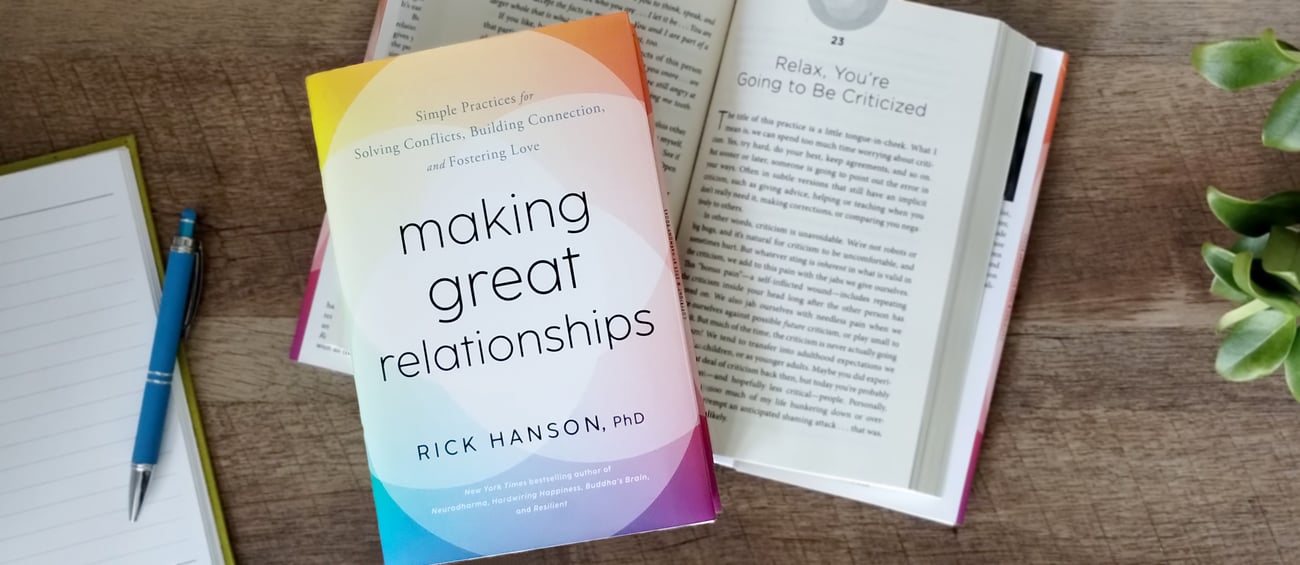 |
Just One Thing |
|
|
Simple Practices for Resilience and Happiness from
|
DR. RICK HANSON
|
 |
|
|
|
So many of us carry quiet insecurities that keep us striving and second-guessing ourselves. If that sounds familiar, I invite you to join my Self-Worth Workshop, where I'll teach you how
to release old patterns, strengthen inner confidence, and finally trust in your true worth. (And if you sign up by Friday, you can save 30%.)
|
|
|
|

|
Where do you live? |
THE PRACTICE: |
Be The Body. |
|
|
— Why? — |
As a kid, I was really out of touch with my body. I hardly noticed it most of the time, and when I did, I prodded it like a mule to do a better job of hauling "me" - the head - around.
This approach helped me to soldier through some tough times. But there were costs. Many pleasures were numbed, or they flew over - actually, under - my head. I didn't feel deeply engaged with life like I was peering at the world through a hole in a fence. I pushed my body hard and didn't take good care of it. When I spoke, I sounded out of touch to others, emotionally distant, even phony; my words lacked credibility, gravity, traction.
Because of these costs, I've worked with this issue and come to appreciate the benefits of being aware of the body, coming down into it, inhabiting it - most fundamentally, being it.
For starters, being the body is simply telling a truth. What we experience being - thoughts and feelings, memories and desires, and consciousness itself - is constrained, conditioned, and constructed by the body via its nervous system. The fabric of your mind is woven by your body.
Further, being aware of your body and its signals gives you useful information about your deeper feelings and needs. Tracking your body's subtle reactions to others also tells you a lot about them.
Coming home to your body helps you feel grounded, and it gives you reassuring feedback that you're alive and basically alright. It's exhilarating to feel the vitality of the body, even sitting quietly, and to experience the pleasures of the senses.
In particular, experiencing your body as a whole - as a single, unified gestalt in awareness, with all its sensations appearing together at once - activates networks on the sides of your brain. These lateral networks pull you out of the planning, worrying, obsessing, fantasizing, and self-referential thinking - "me, myself, and I" - that's driven by another neural network in the middle of the brain. Consequently, abiding as the whole body draws you into the present moment, reduces stress, increases mindfulness, and lowers the sense of self to help you take life less personally.
|
— How? — |
First off, a caution: for some people, it's disturbing to experience being the body. In particular, this is understandable and not uncommon for people who have chronic pain, a disability, or a history of trauma. If this applies to you, try these practices carefully, if at all.
But for most people, it feels good and brings value to be the body. And there are numerous ways to deepen the sense of this:
- Let your attention wander through your body, like a gentle scout investigating its sensations.
- See what it's like to sustain awareness of your body for at least a few minutes in a row - and longer if you want. You could keep paying attention to your breathing, or to the feelings in your hands while doing dishes, or to the sensations in your feet and legs as you walk the dog.
- While doing everyday activities, routinely bring attention back to your body. What's it feel like to be a body: answering the phone . . . watching TV . . . driving . . . typing . . . lifting a child . . . sitting in a meeting . . . stocking shelves . . . loading a truck . . . crawling into bed . . . ?
- As you speak, try to be aware of your chest . . . stomach . . . hips . . . arms and legs . . . hands and feet. How does this change your communicating, especially about things that matter to you?
- Experiment with sensing the body as a whole. Try to be aware of all the sensations of breathing in the torso, all of them present in consciousness as a unified whole, moment by moment. Let attention widen and soften to receive the whole torso as a single percept. In the beginning, it's natural for this sense of the whole to last for only a second or two and then crumble; simply keep trying to regenerate it, and it will become stronger with practice. Next, open to a larger whole: all of the sensations of breathing throughout the body, appearing all together in awareness breath after breath. Then, see if you can go all the way out to include all body sensations, not just those of breathing.
- For a specified time - even just one minute - find a comfortable seat, let worries and plans fall away, and simply rest. Be aware of breathing and let everything else go. Nothing to do, nowhere to go, no one to be. Just sitting, abiding as a body breathing.
Wherever we go, whatever we're doing, there's always a doorway to a deeper sense of presence and peace: being the body.
|
| Read this Online
|
|
|
Know someone who could be more in touch with their body? |
Share this Just One Thing practice with them!
|
Share on Facebook | Tweet on X | Forward this Email
|
|
|
|
|
|
FREE ONLINE EVENT
|
Transform Trauma Together |

|
In these challenging times, it’s easy to feel overwhelmed. Many of us feel the weight of grief, disconnection, or overwhelm in our bodies and relationships. So, how can we make a difference when traditional paths for healing aren’t enough? I'm honored to be a part of
The Collective Trauma Summit, hosted by Thomas Hübl, which offers a different path. Join us from October 12-18 for a FREE 7-day online event and connect with thousands of like-minded seekers while you deepen your understanding of personal, ancestral, and collective trauma.
|
| Learn More / Sign Up
|
|
|
|
|
|
NEW ON THE BEING WELL PODCAST
|
What if You Aren’t Broken? Carl Rogers and Humanistic Psychology |

|
Dr. Rick and Forrest explore humanistic psychology, the mid-20th century movement that redefined how therapists relate to clients. It challenged the pessimism of Freud and the mechanism of behaviorism, offering a more hopeful alternative: that our nature is fundamentally good, and our job is to let it shine through. They discuss Carl Rogers’ work, including self-actualization, conditions of worth, unconditional positive regard, trusting your experience, and the central role of the therapeutic alliance. Throughout, they focus on what you can take from these ideas into your life.
|
| Check out the Episode
|
|
|
|
|
|
NEW FROM THE WEDNESDAY MEDITATIONS + TALKS
|
Wise Effort in Relationships: Building Bridges, Letting Go, and Opening Up |

|
Last week, guest teacher Dr. Diana Hill offered a live meditation on Arriving Home In Yourself and With Others, followed by a talk on Wise Effort in Relationships: Building Bridges, Letting Go, and Opening Up, and I hope you'll check it out.
If you haven't yet, sign up to join me every week for this free, live offering.
|
| Check It Out
|
|
|
|
|
|
MORE GOOD STUFF
|
|
|
SCIENCE NEWS (VIEW ARCHIVE HERE)
This new study shows how old plastic bottles can be turned into a tough, reusable material that soaks up carbon dioxide from the air, helping fight both plastic waste and climate change.
|
|
|
FOR PARENTS
Things can be irritating. Daily life alone has its stresses, and today, it seems like there’s more of a general uneasiness about how things are going that makes people more edgy and aggressive. With that in mind, here’s a list of “21 Ways To Turn Ill Will to Good Will.”
|
|
|
FOR MENTAL HEALTH PROFESSIONALS
If you're looking for practical, trauma-informed ways to help clients regulate their nervous systems and move out of stuck patterns, I'm honored to share The Nervous System Regulation in Therapy Summit. This free online training will provide practical interventions and inspiring perspectives you can use right away.
|
|
|
|
|
|
HAVE YOU READ IT YET?
|
Making Great Relationships |

|
Learn 50 simple practices for solving conflicts, building connection, and fostering love. Available in Hardcover, Paperback eBook, and Audiobook, wherever books are sold.
|
| Get Your Copy
|
|
|
|
|
|
WORDS OF WISDOM
|
"Coming home to your body helps you feel grounded, and it gives you reassuring feedback that you’re alive and basically alright." |
— RICK HANSON, PHD
|
|
|
|
JUST ONE THING (JOT) is the free newsletter that suggests a simple practice each week for more joy, more fulfilling relationships, and more peace of mind. A small thing repeated routinely adds up over time to produce big results.
Just one thing that could change your life.
(© Rick Hanson, 2024)
|
|
|
|
|
|
|
|
|